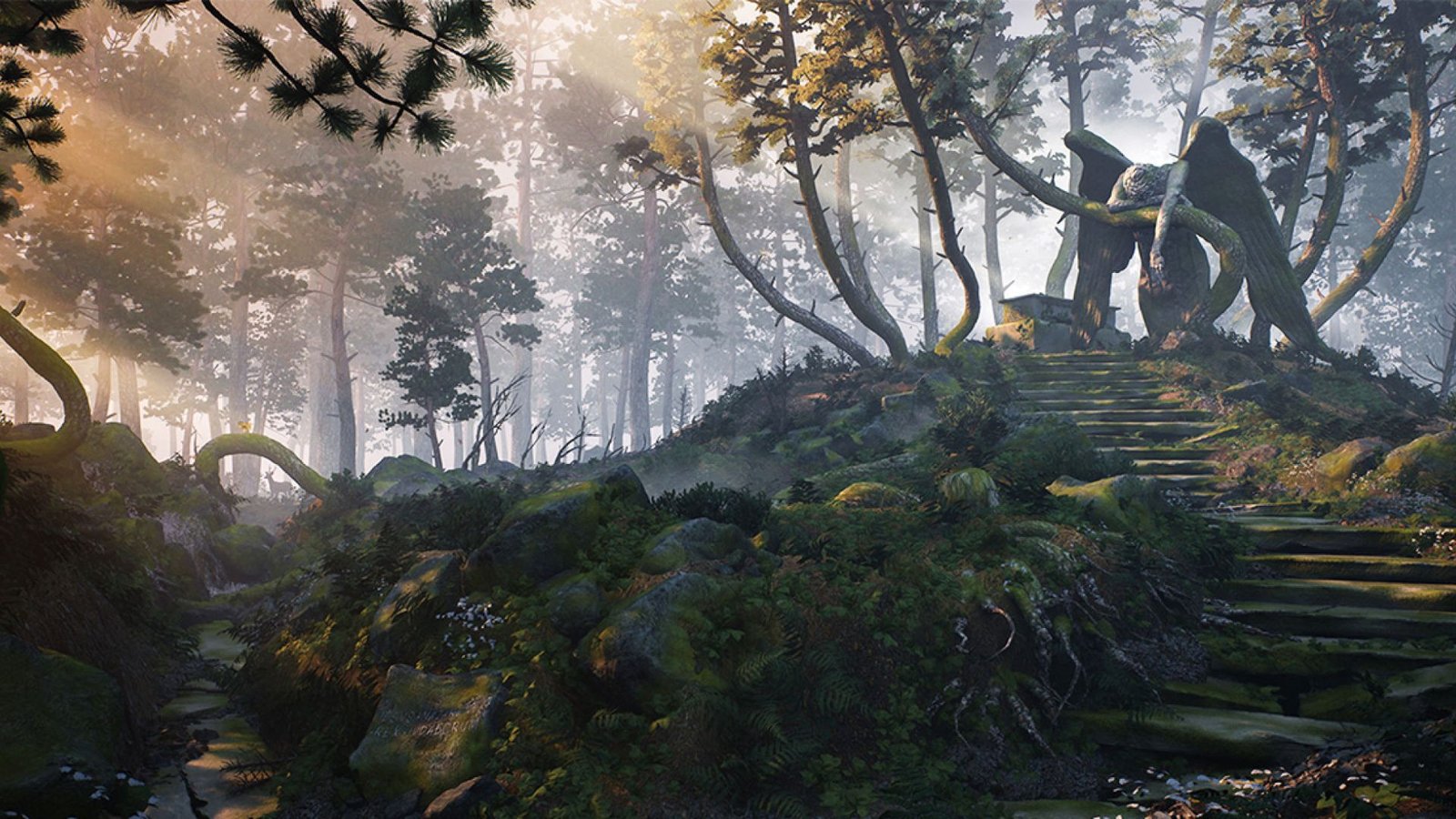3D environment design is crucial in modern gaming, shaping how players experience and interact with game worlds. This aspect of game development influences everything from the overall aesthetic to gameplay mechanics and immersion. Here’s a closer look at how 3D environment design impacts gaming.

Creating Immersive Worlds
Immersion Through Detail: 3D environment design brings game worlds to life by creating detailed and realistic environments. Every aspect, from textures to lighting, contributes to a sense of realism that can make players feel as if they are truly inside the game. For instance, in open-world games like The Legend of Zelda: Breath of the Wild, the vast and detailed landscapes enhance the feeling of exploration and adventure.
Environmental Storytelling: Designing a 3D environment involves more than just making things look good; it also includes telling a story through the environment. Objects, architecture, and landscapes can reveal the history and lore of a game world. For example, abandoned buildings and ruined structures can hint at past events and contribute to the game’s narrative, as seen in games like The Last of Us.
Influencing Gameplay Mechanics
Navigation and Interaction: The design of a 3D environment directly affects how players navigate and interact with the game world. Well-designed environments guide players through levels and missions, using layout and visual cues to indicate objectives or points of interest. In games like Tomb Raider, the intricate design of environments provides challenges and puzzles that are integral to gameplay.
Dynamic Environments: Dynamic 3D environments can change based on player actions, adding depth to the gameplay experience. This includes destructible environments, weather effects, and day-night cycles. For instance, in Battlefield V, destructible environments impact combat strategies, making the gameplay more immersive and dynamic.
Enhancing Aesthetic Appeal
Visual Cohesion: 3D environment design ensures visual cohesion across the game world. This includes consistent art styles, color palettes, and thematic elements. Games like Horizon Zero Dawn use distinctive visual styles and coherent design elements to create a visually stunning and unified world that enhances player engagement.
Artistic Expression: Designing 3D environments allows for artistic expression, enabling developers to craft unique and imaginative worlds. This artistic freedom is evident in games like Journey, where the minimalist yet striking environments contribute to the game’s emotional impact and aesthetic appeal.
Optimizing Performance and Accessibility
Performance Considerations: Effective 3D environment design also involves optimizing performance to ensure smooth gameplay across various hardware. This includes managing polygon counts, texture resolutions, and draw distances to balance visual fidelity with performance. Games like The Witcher 3: Wild Hunt are known for their high-quality environments that are well-optimized for different platforms.
Accessibility Features: Incorporating accessibility features into 3D environments can make games more inclusive. This includes designing environments that accommodate different play styles and providing visual cues for players with various needs. For example, colorblind modes and adjustable contrast settings help players navigate and enjoy the game world more effectively.
Conclusion
3D environment design plays a pivotal role in shaping the gaming experience. By creating immersive worlds, influencing gameplay mechanics, enhancing aesthetic appeal, and optimizing performance, designers contribute significantly to how players interact with and enjoy games. As technology continues to advance, the role of 3D environment design will only grow more important, pushing the boundaries of what’s possible in gaming.

